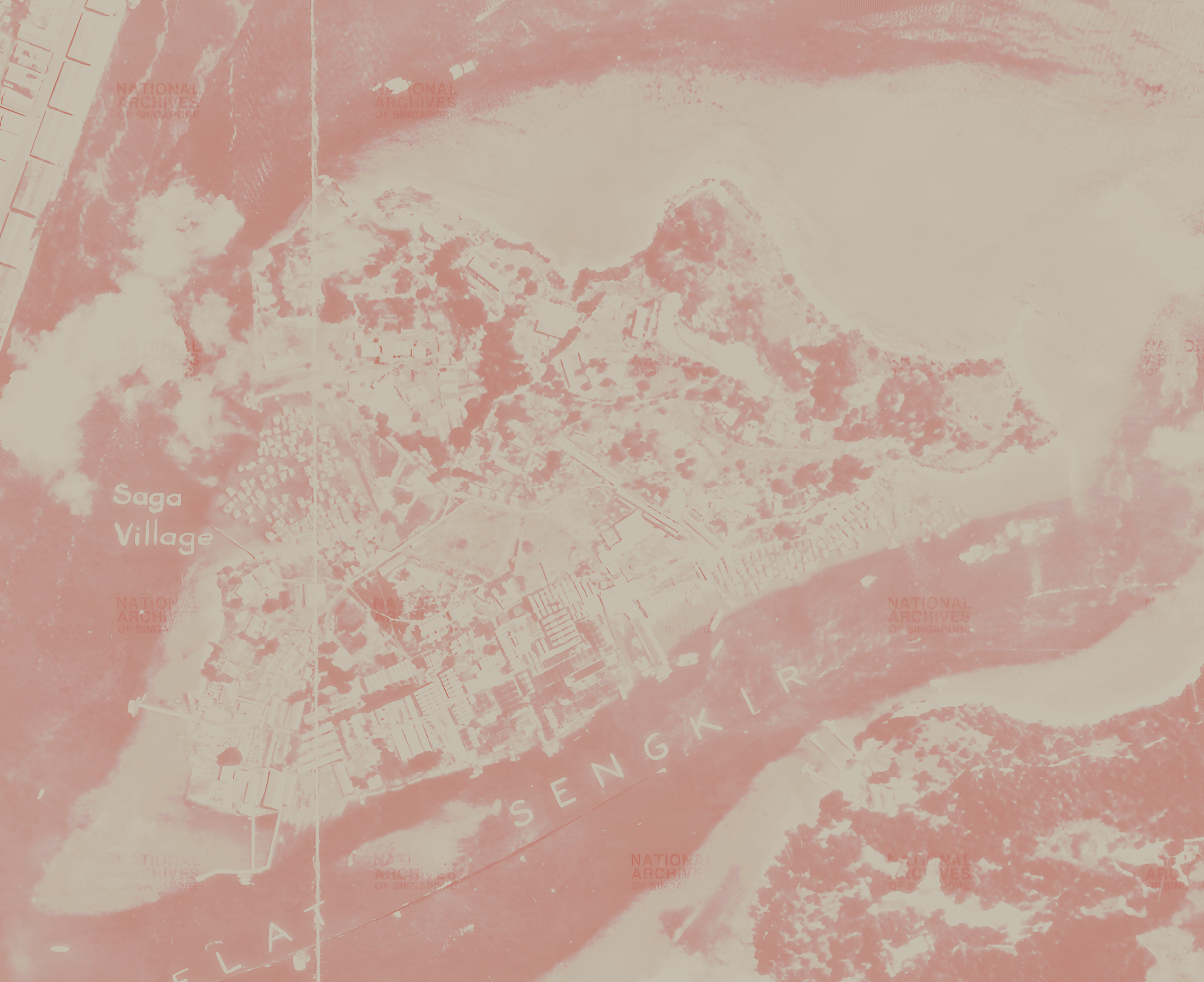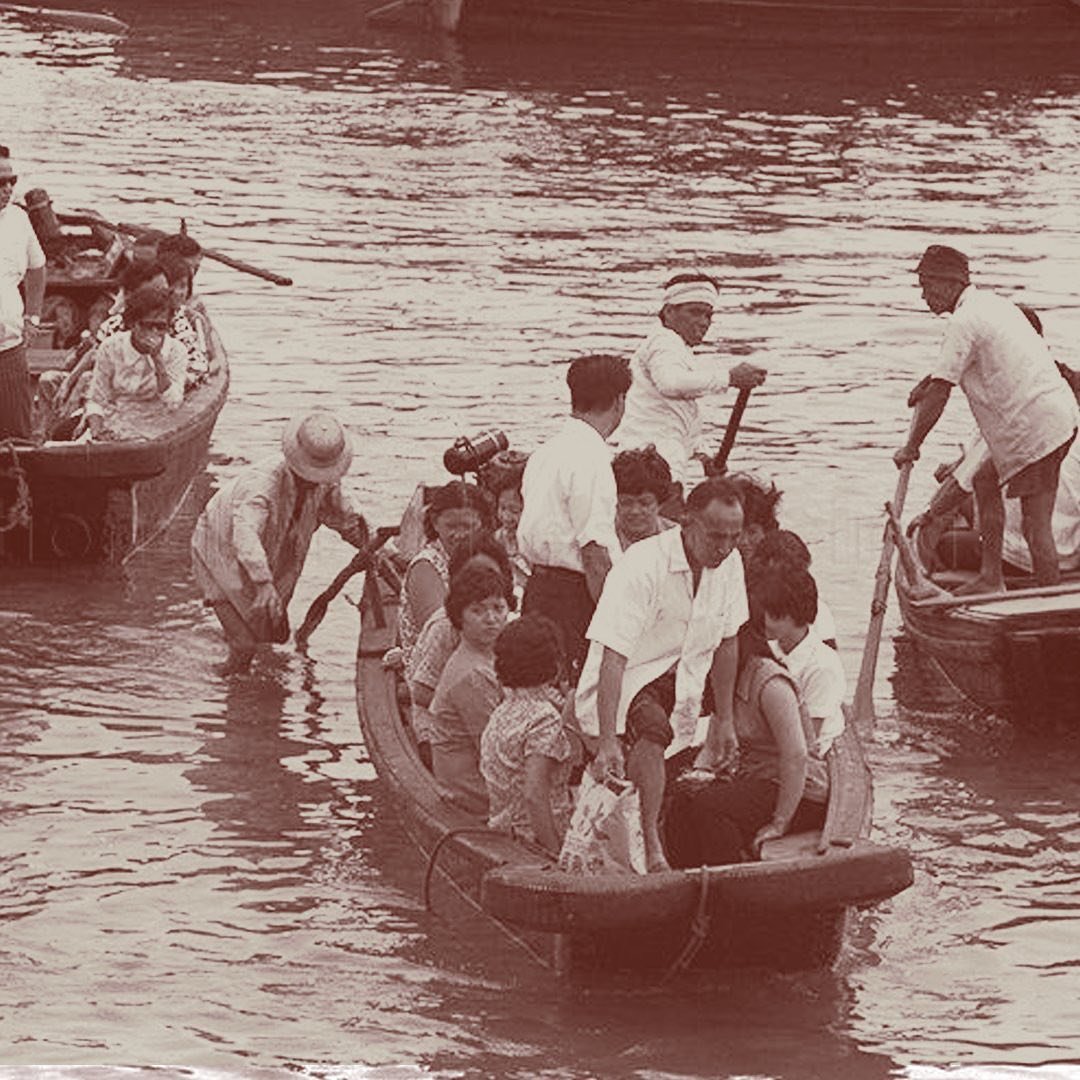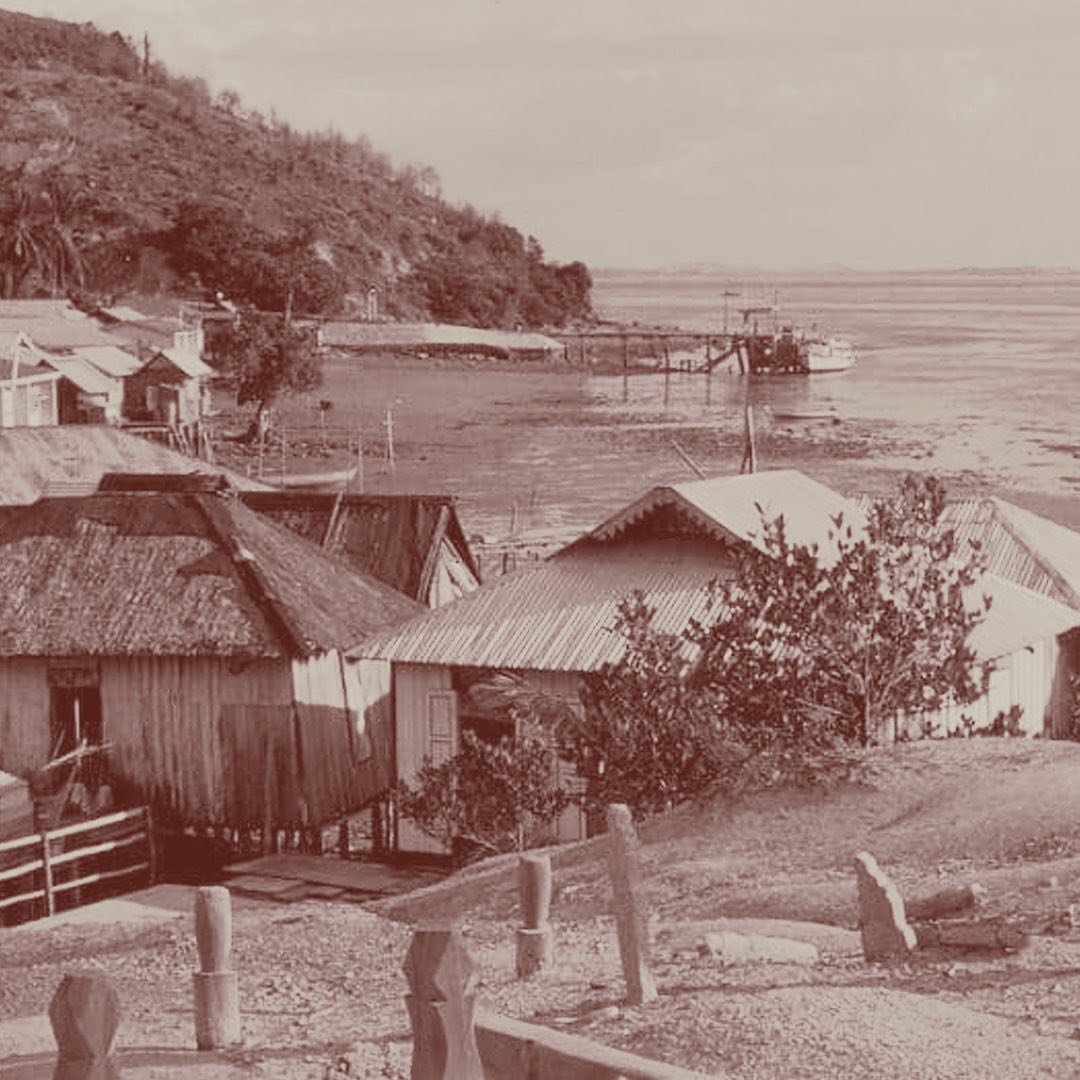
Kusu Island, situated in the southwestern region of Singapore, stands among the cluster of over 60 offshore islands in the area. Initially consisting of two separate landmasses connected by a sandy strip during low tides, the island underwent modifications due to land reclamation efforts.
Each year, Kusu Island attracts Chinese and Malay pilgrims, drawing them to its revered sites. Known as “Turtle Island” (龟屿岛) in Chinese and “Peak Island” (Pulau Tembakul) in Malay, it hosts a Chinese temple and three Malay keramat (shrines) dedicated to local deities. Pilgrims predominantly embark on their journey during the ninth month of the Chinese lunar calendar, deemed sacred and also the birth month of Tua Pek Kong (大伯公, “Grand Uncle” in Hokkien), who is revered as the God of Prosperity, the Merchant God, and the guardian of seafarers. Despite the deity’s significant presence in the region, its exact origins remain unconfirmed.
The Tua Pek Kong Temple occupies the smaller island (resembling the head of a turtle), while the Malay shrines are situated atop the larger island (resembling the back of a turtle).
Preceding the annual pilgrimage, legends surrounding Kusu Island have fostered tales of its sanctity and miraculous associations. One such legend recounts the rescue of a Malay and a Chinese fisherman from drowning by a turtle, which brought them safely ashore. Subsequently, the fishermen coexisted peacefully on the island, symbolizing racial harmony and further enhancing the island’s mystical allure.
References:
https://www.nlb.gov.sg/main/article-detail?cmsuuid=88b893d8-6da3-45a9-ab08-c2b795c989cc
https://www.roots.gov.sg/en/ich-landing/ich/pilgrimage-to-kusu-island















